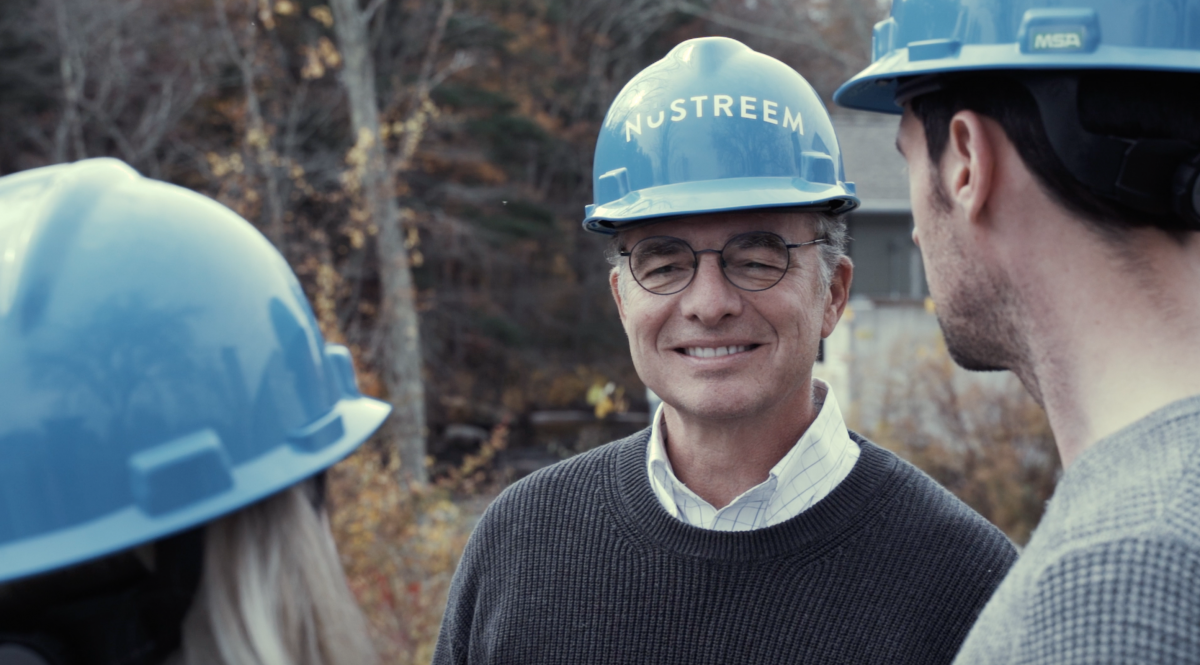With global warming and renewable energy getting a large share of news coverage over the past few years, consumers and businesses are clamoring for new ways to generate power while reducing their carbon footprint.
Solar and wind energy have been getting most of the attention, but a University of Connecticut Electrical Engineering alumnus, Andy Sadlon ’80 (ENG), is looking to shift the conversation to a source that has been generating power for hundreds of years—running water.
Sadlon, the CEO of NuSTREEM, a Mansfield-based startup, has been shopping a new technology that could blow the hydro-electric industry out of the water.
“The industry has changed massively over the past 30 years,” Sadlon says. “Back in the day, you would have to spend tens of millions of dollars on building a large dam and installing a large turbine—plus, you’d have to pay for expert staff to come in to custom build and install everything. Our turbines can be installed in a river with far less impact to the environment, without a dam, for a fraction of the cost of the old method and can be maintained by your own maintenance staff.”
According to Sadlon, there are endless target customers that could benefit from the affordable and compact technology that NuSTREEM has developed. With a continuous power generation of about 250 kilowatts, NuSTREEM’s hydro-electric turbine can power whole communities.
“The average U.S. household uses about 4 kilowatts of energy, so with just one of our turbines, you can power about 60-70 homes. We also can install multiple turbines if there’s enough river energy and generate far more power. Two hundred and fifty kilowatts could be perfect for islanded communities, remote communities in places like Alaska, mining operations, factories—the possibilities are endless,” Sadlon says.
Sadlon, looking back on his time at UConn, says UConn became a family affair for him, which has lasted decades.
“When I stepped onto campus in the ‘70s, things were simpler back then, and I came into campus with my high school girlfriend, who is now my wife of 40 years,” Sadlon says. “I’ve seen UConn grow and change, especially with my oldest son getting a mechanical engineering degree there and my two other sons getting nursing and business degrees. But, back when I was there, there wasn’t a lot around. In many of the dorms we would eat together every day, in these small cafeterias that were in each dorm—we’d even sit down and have our meals with the chef.”
After leaving UConn, Sadlon worked in a rotational program with Westinghouse Electric, which allowed him to find his niche, which became systems engineering and then project management. From there he worked for various manufacturing companies like Kaman and Hoffman Engineering, and now works dually as CEO of NuSTREEM and Froude, a manufacturer based in the U.K. and U.S. that creates dynamometer testing systems in the automotive, gas turbine, marine and industrial markets.
While NuSTREEM is a small start-up now, Sadlon is excited about the potential of the technology, and, as he’s done this before, he has confidence in the product and that NuSTREEM’s team will get things to the next level.
“I really thrive for the team’s achievements. Money will come, I know that, but I’m more interested in releasing something that’s really cool and helps people, while watching a talented group of people carry out the mission of getting NuSTREEM’s products out to the world.”
For more information on NuSTREEM, please click here.



